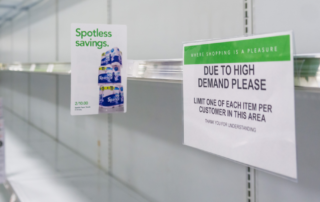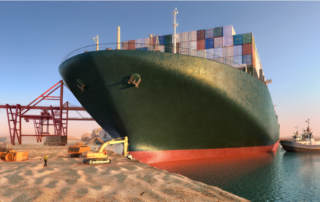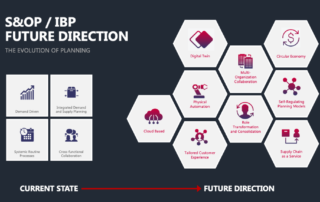Tools of the Trade: How to Compare / Combine Diverse Time Series – “Normalizing”
A reoccurring challenge in comparing and combining diverse time series in demand forecasting is the “scale” – as it is in combining metrics. Rescaling is a powerful but simple method to help with this issue enabling demand planners to focus on similarities of shape. This blog provides an example of one method called normalization.









